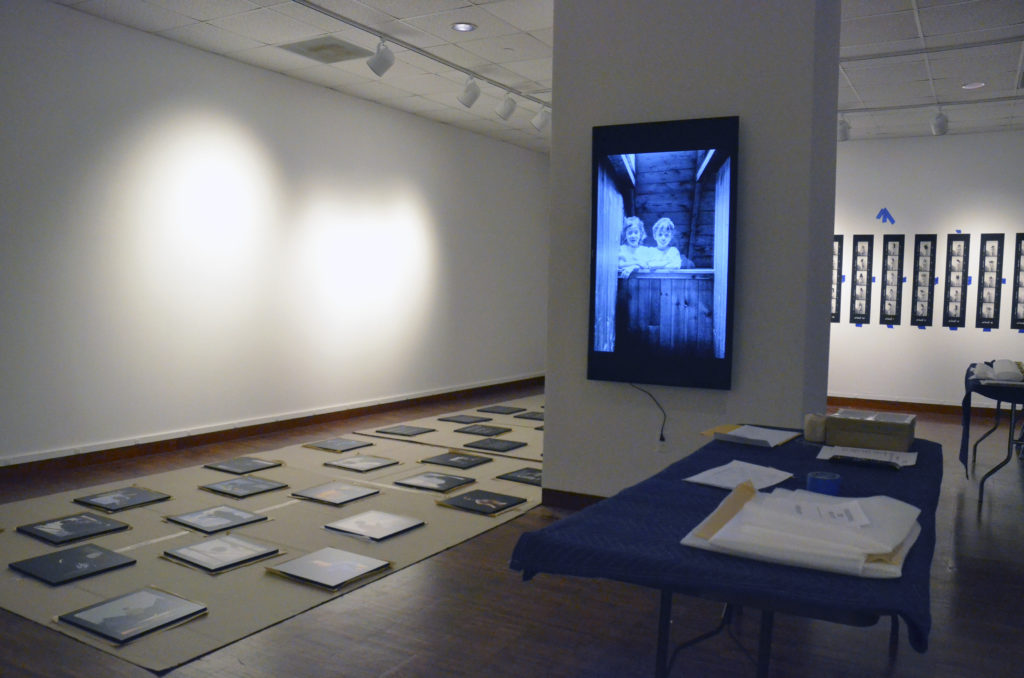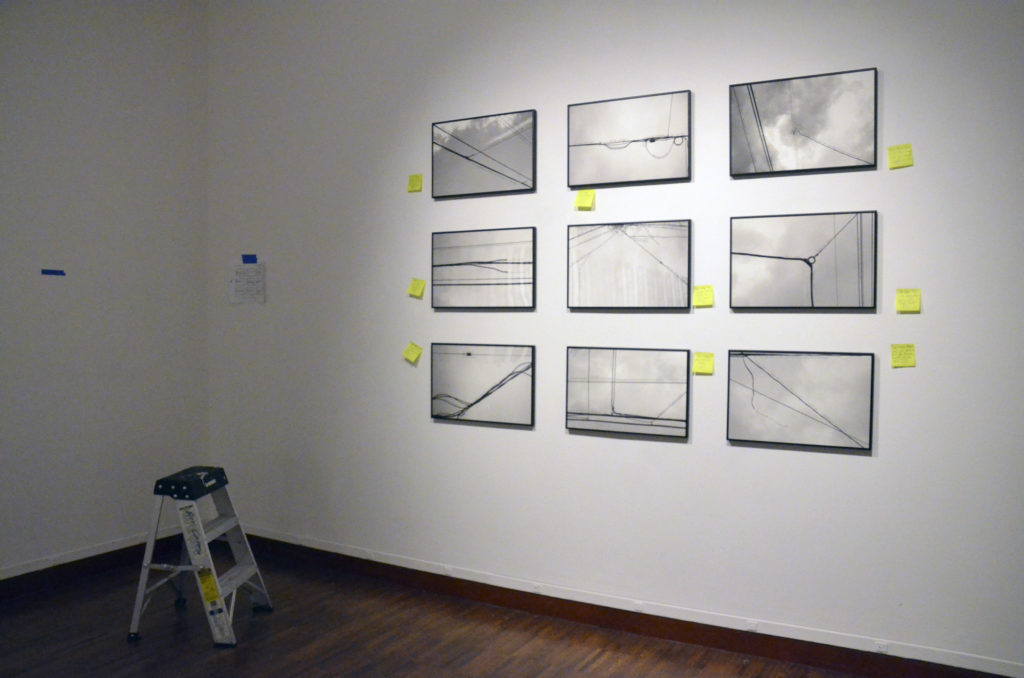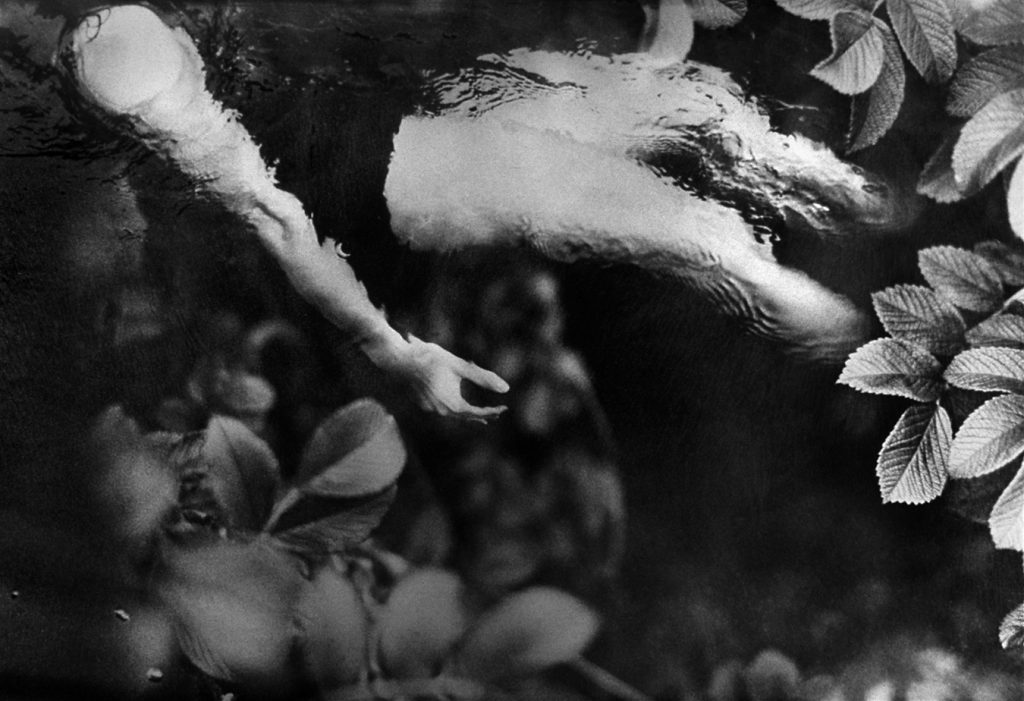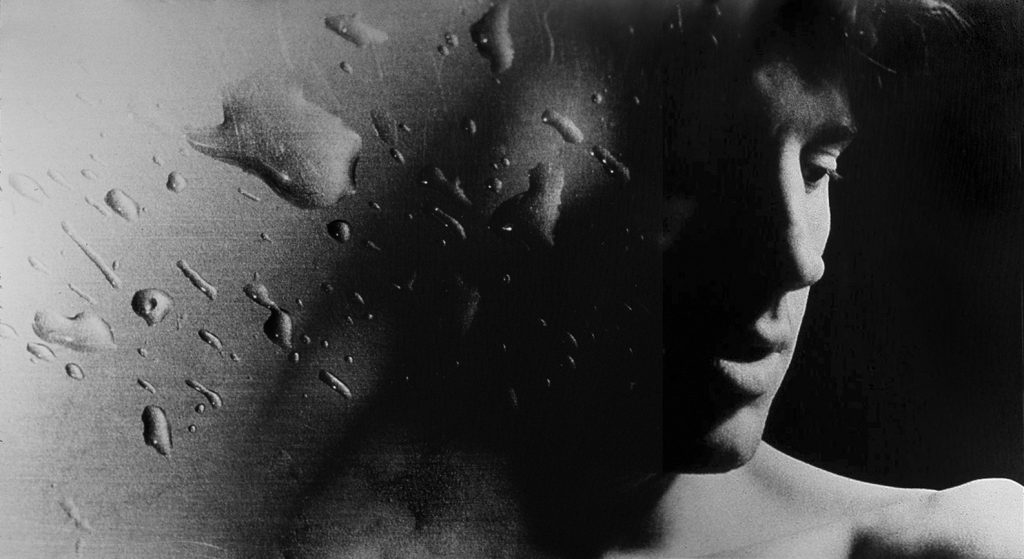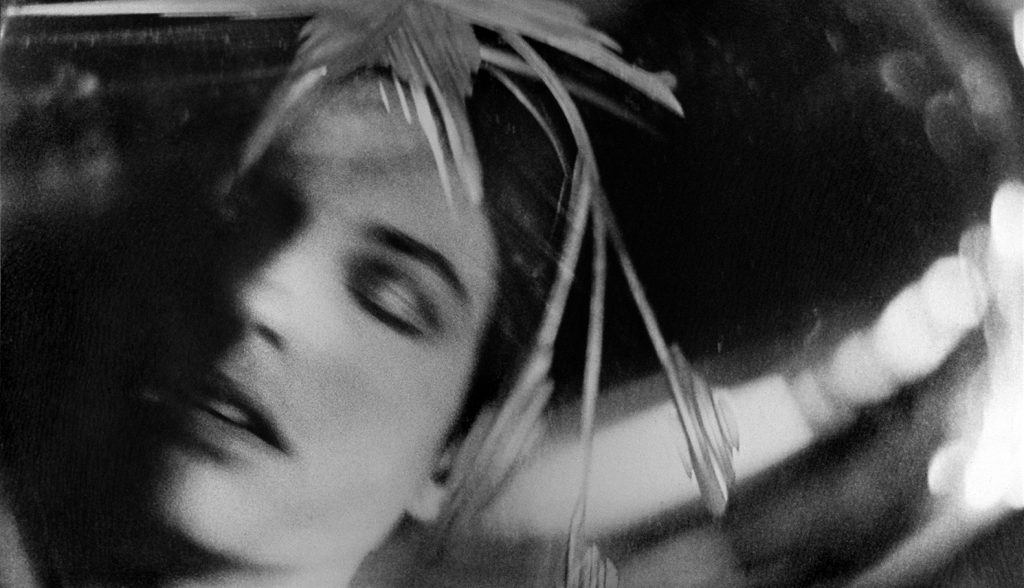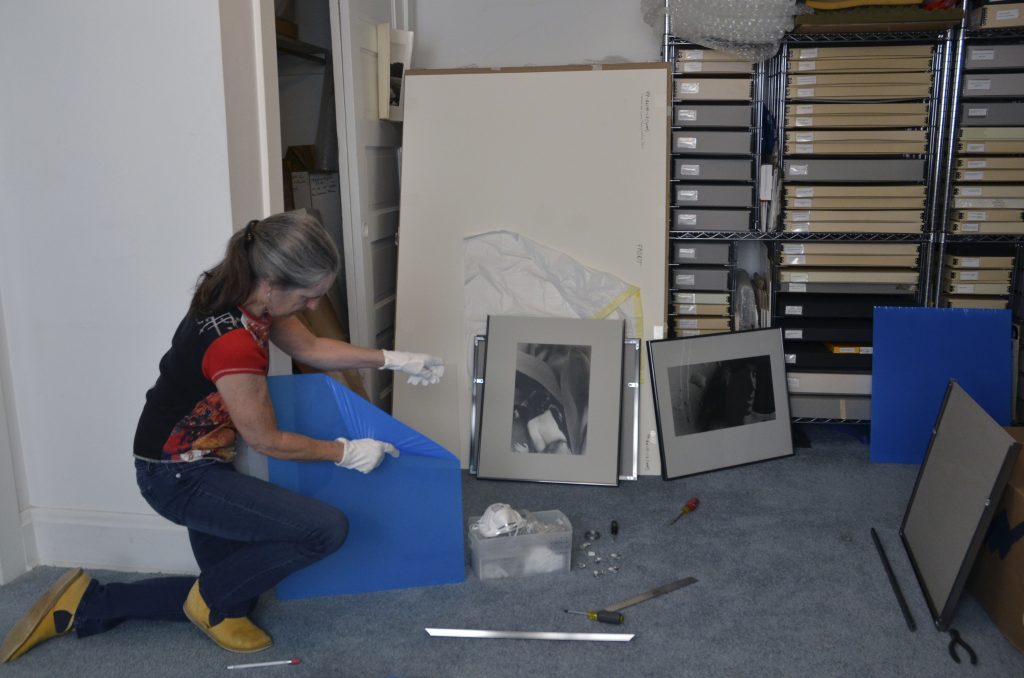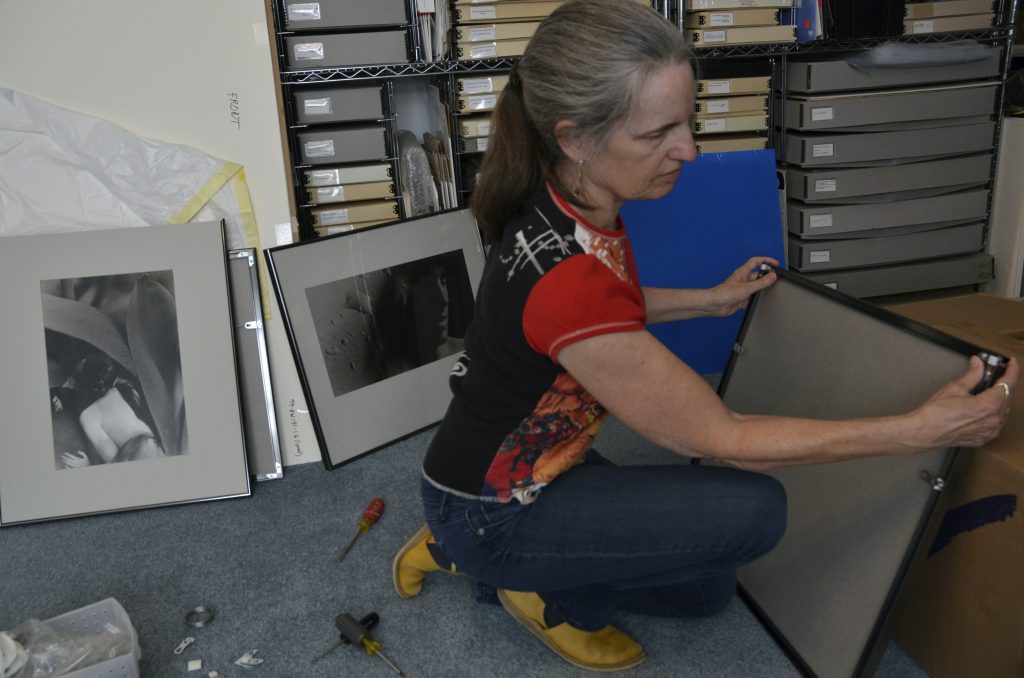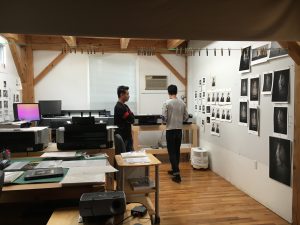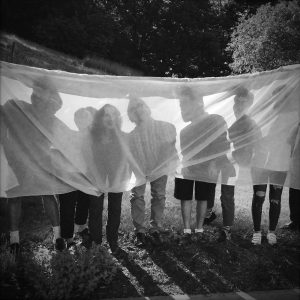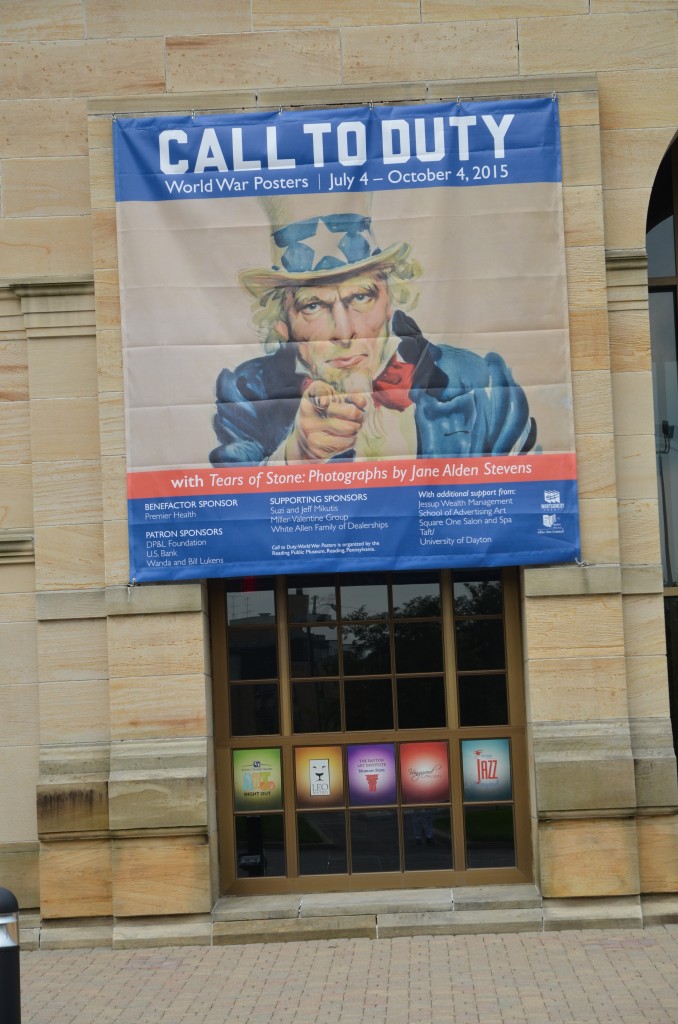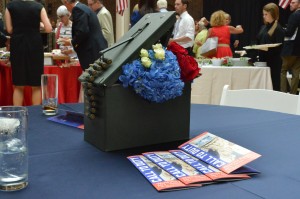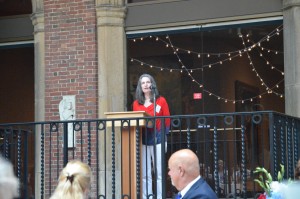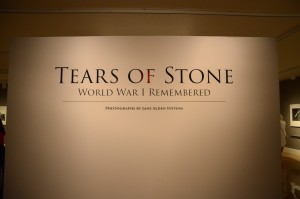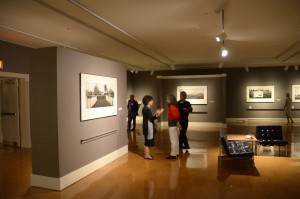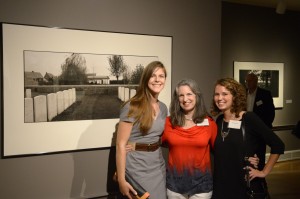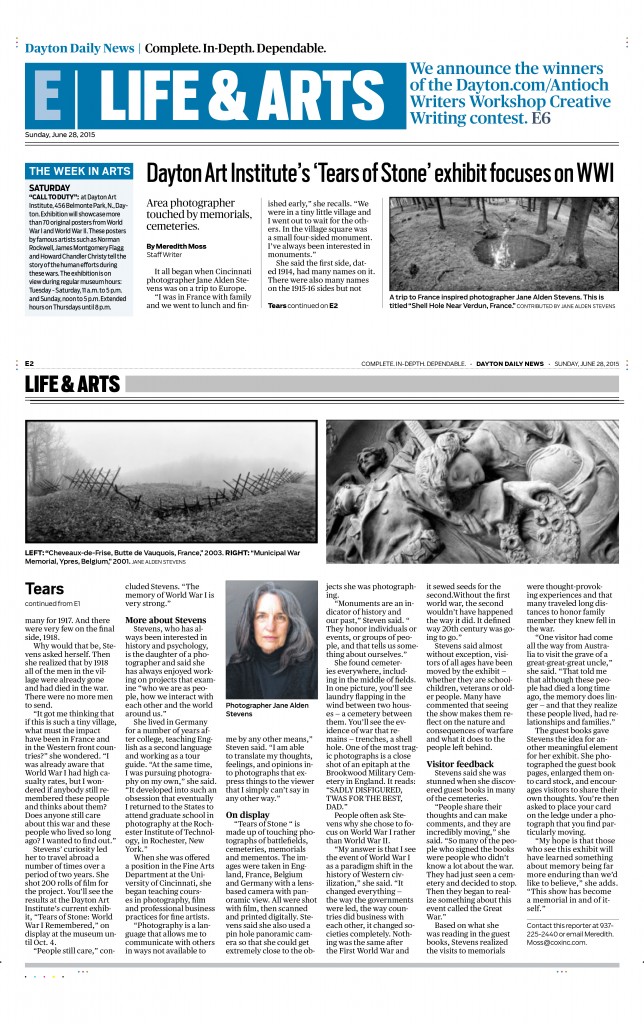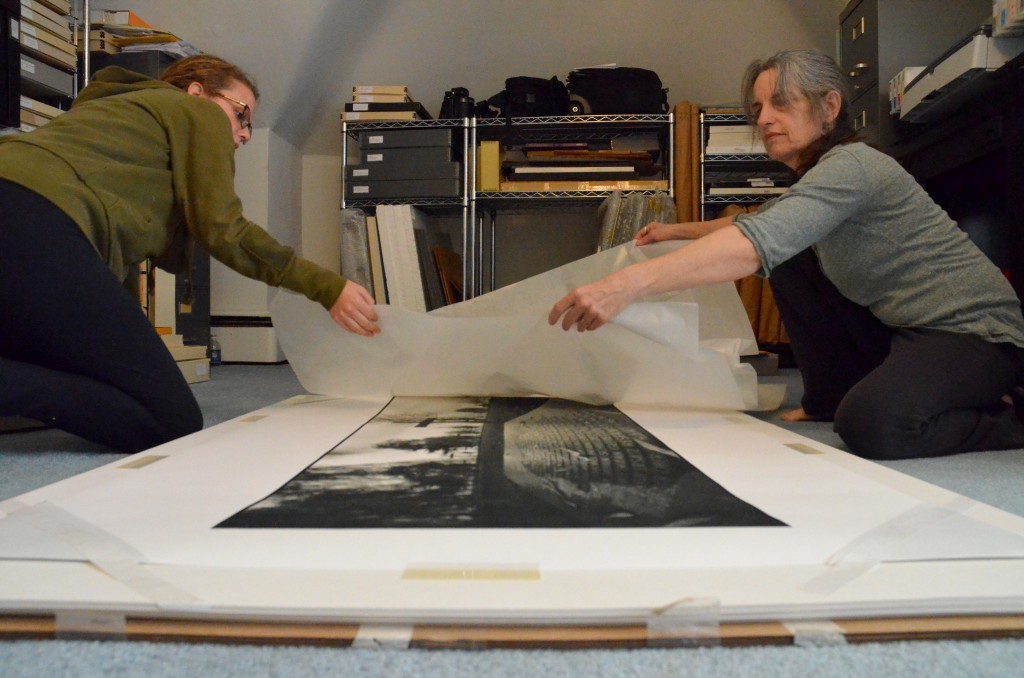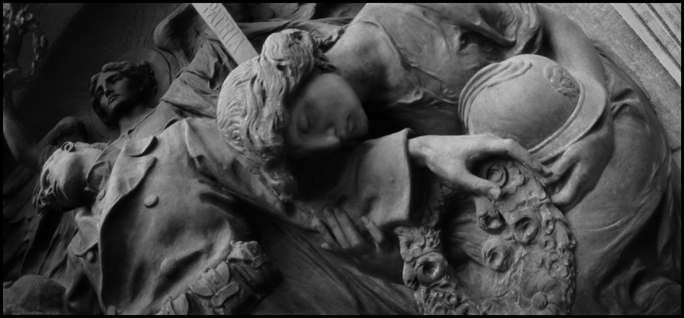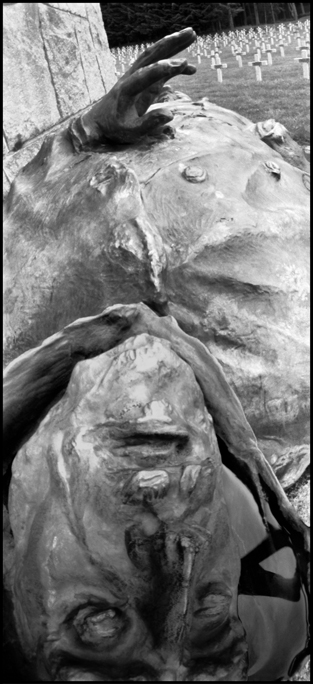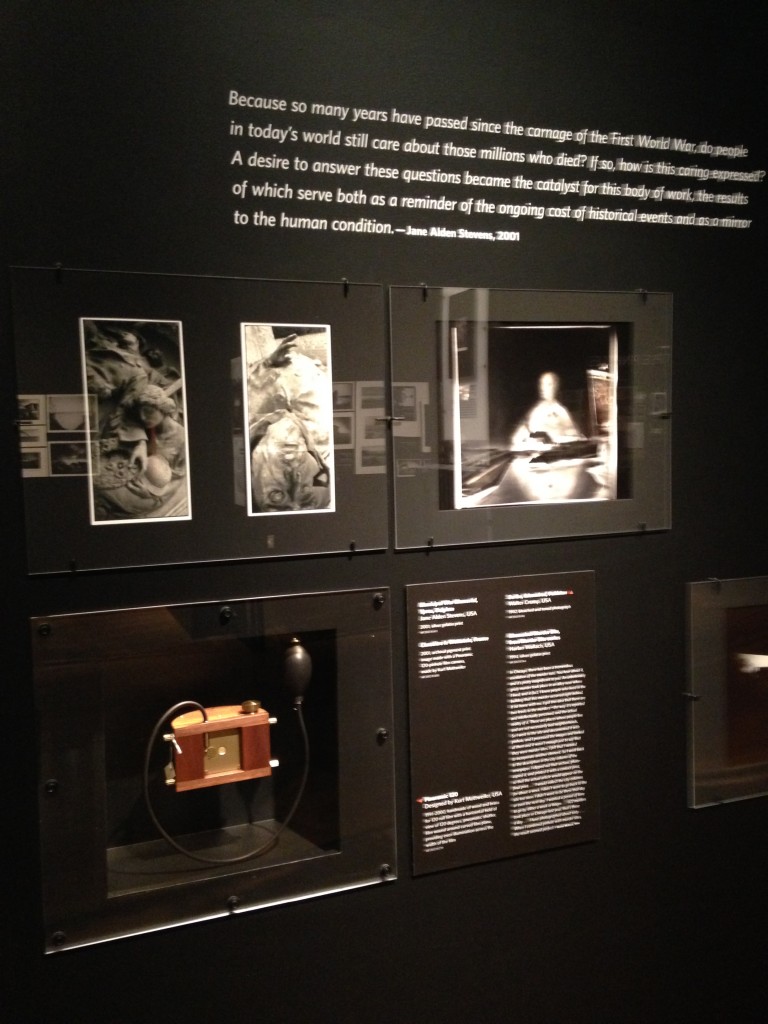Witness Marks opened at the Off Ludlow Gallery in Cincinnati, OH, on September 25. I started photographing two-and-a-half years ago, started the culling and editing process one year ago, and finally feel like I have some idea of what I’ve been doing with these photographs. The kind of images I made when I started in on this project are quite different than those that I am making now. Then, I was content to simply stand in place and photograph my shadow as it inserted itself into the space I was in. Now, I am far more dynamic with how I create the picture, trying to infuse the shadow with more metaphorical meaning in relation to the rest of the scene. It is incredibly informative to see the work up on the walls instead of always looking at them on a screen. It gives me perspective and context for understanding the work that I wouldn’t otherwise have.
Sincere thanks to Joyce Rich, Michael Roller, Pat Olding, Paige Wideman, Sean Mullaney and John Osterman for all the work they put into making the Off Ludlow Gallery an artist-friendly place to exhibit. Thanks also to Helen Adams for encouraging me to exhibit this work and to FotoFocus for continuing to champion photography in Cincinnati. As always, I couldn’t have done it without Laura Fisher, who has supported me and my work in more ways that I can count.







